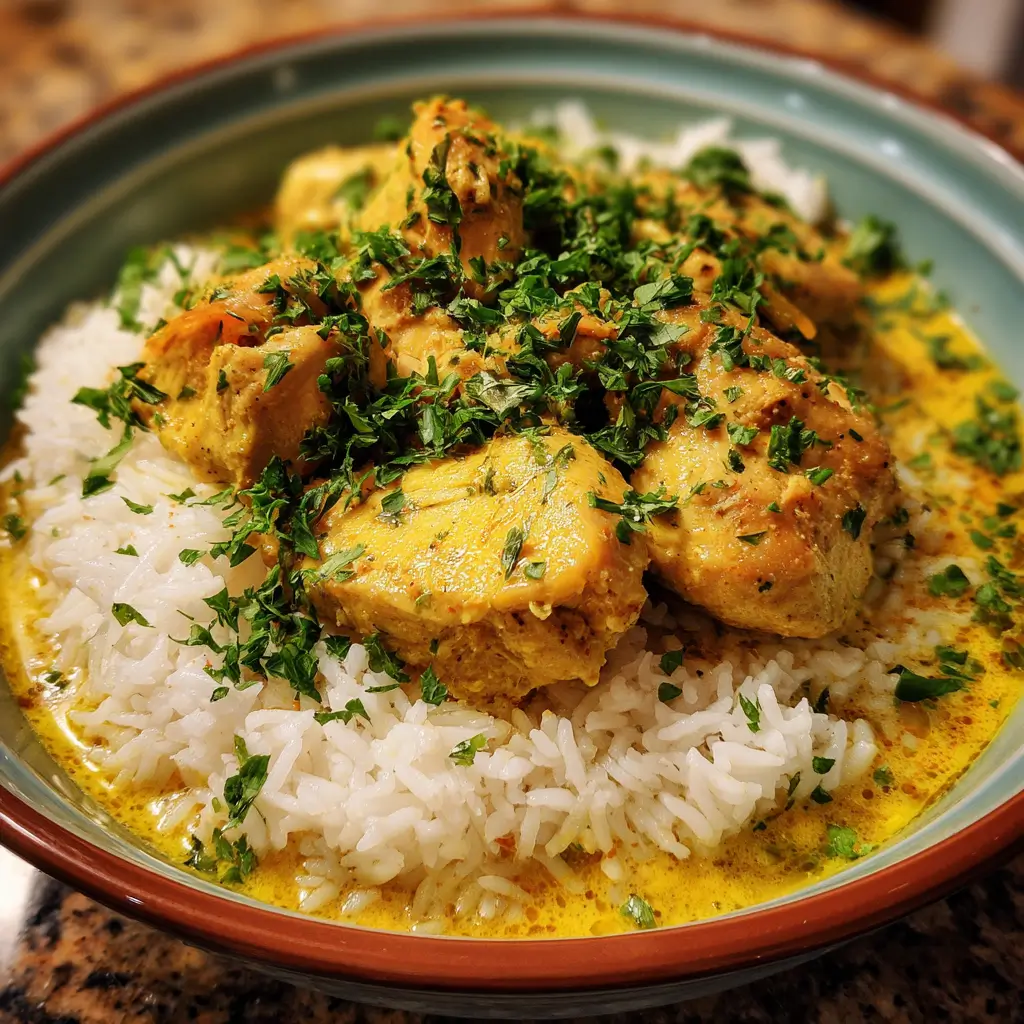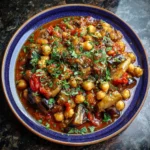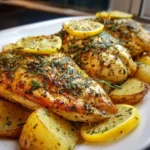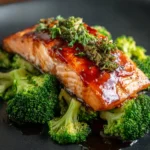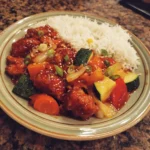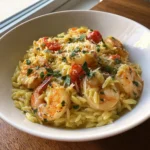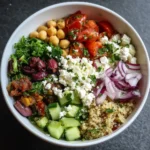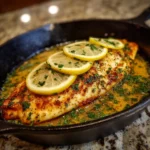Coconut Curry Chicken with Rice: A Flavorful Journey Through Taste and Tradition
There are few dishes that evoke the warmth, aroma, and comfort of a well-prepared Coconut Curry Chicken served over fluffy basmati rice. This beloved dish fuses the creamy richness of coconut milk with the bold complexity of spices, tender chicken, and aromatic herbs to create a meal that’s both nourishing and deeply satisfying. Whether you’re enjoying it on a rainy evening or serving it at a festive gathering, this dish transcends borders and brings people together through its irresistible flavors. In this comprehensive guide, we’ll explore everything from the historical roots of curry to a detailed recipe, health insights, variations, and expert tips to help you master this culinary gem in your own kitchen.
The History of Coconut Curry Chicken
The origins of coconut curry chicken can be traced back to the tropical regions of South and Southeast Asia, particularly in countries like India, Sri Lanka, Thailand, Malaysia, and Indonesia. These regions have long cultivated coconuts and used them as a staple ingredient in their cuisines. The use of coconut milk in curries dates back centuries, where it was prized for its ability to mellow out the heat of spices while adding a luxurious creaminess to savory dishes.
In Indian cuisine, especially along the southwestern coast in Kerala and Goa, coconut-based curries have been a dietary staple. Fish and chicken were often simmered in coconut milk with turmeric, mustard seeds, curry leaves, and chili. Over time, trade routes introduced these flavors to other parts of the world. Thai cuisine, for example, developed its own version using red or green curry paste blended with coconut milk, lemongrass, galangal, and kaffir lime leaves—creating a uniquely fragrant profile.
The concept of “curry,” though broadly used in the West, is actually an umbrella term for a variety of spiced dishes across Asia. The British colonial era popularized the word “curry” during the 18th and 19th centuries, simplifying diverse regional stews and sauces into one generalized category. Today, coconut curry chicken stands as a global favorite, appreciated not only for its taste but also for its cultural significance and adaptability across diets and palates.
Ingredients Breakdown: What Makes This Dish Shine?
The magic of Coconut Curry Chicken lies in its harmonious blend of ingredients, each contributing depth, texture, and flavor. Let’s break down the essential components:
- Chicken: Boneless, skinless thighs or breasts are commonly used. Thighs tend to stay juicier during cooking and absorb flavors more effectively.
- Coconut Milk: Full-fat canned coconut milk provides the rich, velvety base. Light coconut milk can be used for a thinner consistency, but full-fat yields superior flavor and mouthfeel.
- Aromatics: Onions, garlic, and ginger form the foundational trio, sautéed to release sweetness and pungency.
- Curry Paste or Spices: Depending on the regional twist, you might use store-bought red or yellow curry paste (Thai-style) or a blend of ground spices like turmeric, cumin, coriander, garam masala, and fenugreek (Indian-style).
- Fresh Herbs: Cilantro (coriander leaves), curry leaves, or Thai basil add brightness and authenticity.
- Lemongrass and Galangal (optional): Common in Thai versions, these ingredients lend a citrusy, earthy note that elevates the entire dish.
- Vegetables: Bell peppers, carrots, spinach, or potatoes can be added for texture, color, and nutrition.
- Acid and Sweetness: Lime juice or tamarind balances richness, while a touch of palm sugar or honey enhances depth.
- Rice: Basmati, jasmine, or brown rice serves as the perfect neutral canvas to soak up the flavorful sauce.
Every ingredient plays a role in building layers of flavor, ensuring that no bite feels flat or monotonous.
Step-by-Step Recipe: How to Make Coconut Curry Chicken with Rice
Follow this detailed guide to prepare a restaurant-quality Coconut Curry Chicken with Rice right in your home kitchen. Serves 4–6.
Ingredients
- 1.5 lbs (700g) boneless, skinless chicken thighs, cut into 1-inch pieces
- 1 medium onion, finely chopped
- 4 cloves garlic, minced
- 1 tbsp fresh ginger, grated
- 1 stalk lemongrass, bruised and chopped (optional)
- 2 tbsp vegetable oil or coconut oil
- 3 tbsp red or yellow curry paste (store-bought or homemade)
- 1 can (13.5 oz / 400ml) full-fat coconut milk
- 1 cup chicken broth or water
- 1 large carrot, sliced
- 1 bell pepper, sliced
- 1 tbsp fish sauce (or soy sauce for vegetarian option)
- 1 tbsp palm sugar, brown sugar, or honey
- Juice of 1 lime
- 1/2 cup fresh cilantro, chopped
- 8–10 curry leaves (optional, but traditional in South Indian cooking)
- Salt to taste
- 2 cups uncooked basmati rice
- 3 cups water or broth (for rice)
Directions
- Cook the Rice: Rinse basmati rice under cold water until the water runs clear. In a medium pot, bring 3 cups of water or broth to a boil. Add the rice, reduce heat to low, cover, and simmer for 15–18 minutes until tender and fluffy. Remove from heat and let it sit, covered, for 5 minutes. Fluff with a fork and set aside.
- Prepare Ingredients: While the rice cooks, chop all vegetables and measure out spices and liquids. Having everything ready ensures smooth cooking.
- Sauté Aromatics: In a large skillet or Dutch oven, heat oil over medium heat. Add onions and cook until translucent (about 5 minutes). Stir in garlic, ginger, lemongrass, and curry leaves. Cook for another 1–2 minutes until fragrant.
- Bloom the Spices: Add curry paste and stir constantly for 1 minute to toast the spices. This step intensifies flavor and removes rawness.
- Add Chicken: Increase heat to medium-high. Add chicken pieces and cook until lightly browned on all sides (about 5–6 minutes).
- Pour in Liquids: Stir in half of the coconut milk, scraping the bottom of the pan to deglaze. Reserve the thicker cream at the top of the can for richer texture. Add remaining coconut milk, chicken broth, fish sauce, and sugar. Bring to a gentle simmer.
- Add Vegetables: Stir in carrots and bell peppers. Cover and simmer for 15–20 minutes, stirring occasionally, until chicken is cooked through and vegetables are tender.
- Finish the Sauce: Remove lemongrass and curry leaves if desired. Stir in lime juice and adjust seasoning—add salt, more sugar, or spice as needed. For a thicker sauce, simmer uncovered for 5 more minutes.
- Garnish and Serve: Sprinkle generously with fresh cilantro. Serve hot over steamed basmati rice. Optionally, drizzle with extra coconut cream or serve with lime wedges on the side.
Tips for Perfect Coconut Curry Chicken Every Time
- Use Full-Fat Coconut Milk: The high fat content creates a luscious, creamy texture. Shake the can well before opening, or chill it overnight and skim the thick cream for even richer results.
- Don’t Rush the Aromatics: Cooking onions, garlic, and ginger slowly builds a deeper flavor foundation.
- Bloom Your Spices: Toasting curry paste or dry spices in oil unlocks their essential oils and enhances complexity.
- Simmer, Don’t Boil: High heat can cause coconut milk to separate. Keep the heat low to medium after adding liquids.
- Balance Flavors: Always taste before serving. Adjust sweet, sour, salty, and spicy elements to achieve harmony.
- Rest Before Serving: Letting the curry sit for 10–15 minutes off heat allows flavors to meld beautifully.
- Reheats Well: This dish often tastes better the next day as the ingredients absorb the sauce.
Variations and Customizations
One of the greatest strengths of Coconut Curry Chicken is its versatility. Here are some delicious ways to customize the recipe:
- Vegetarian/Vegan Option: Replace chicken with chickpeas, tofu, lentils, or mixed vegetables like eggplant, zucchini, and mushrooms.
- Seafood Version: Use shrimp, scallops, or firm white fish. Add seafood in the last 5–7 minutes of cooking to prevent overcooking.
- Spice Level: Control heat by adjusting the amount of curry paste or adding fresh chilies like bird’s eye or serrano.
- Regional Twists:
- Thai Style: Use red or green curry paste, add bamboo shoots and Thai basil.
- Indian Style: Use garam masala, turmeric, cumin, and mustard seeds; finish with a splash of cream or yogurt.
- Southeast Asian Fusion: Incorporate pineapple chunks and cashews for a sweet-savory crunch.
- Low-Carb/Keto Adaptation: Skip the rice and serve over cauliflower rice or zucchini noodles.
- Gluten-Free: Ensure curry paste and fish sauce are gluten-free (many brands offer certified options).
- Extra Creamy: Stir in 1–2 tablespoons of peanut butter or almond butter for a nutty richness.
Health Considerations and Nutritional Value
Coconut Curry Chicken isn’t just delicious—it can be part of a balanced diet when prepared thoughtfully. Here’s a nutritional breakdown per serving (approx. 1 cup curry + 3/4 cup rice):
- Calories: ~450–550 kcal
- Protein: 25–30g (from chicken and coconut)
- Fat: 20–25g (mostly healthy saturated fats from coconut; moderate intake is fine for most people)
- Carbohydrates: 40–50g (mainly from rice and vegetables)
- Fiber: 4–6g (especially if vegetables and brown rice are used)
- Vitamins & Minerals: Rich in B vitamins, iron, selenium, vitamin C (from veggies), and manganese.
Health Notes:
- Coconut Milk: Contains medium-chain triglycerides (MCTs), which may support metabolism and heart health in moderation. However, it’s calorie-dense, so portion control matters.
- Spices: Turmeric contains curcumin, a powerful anti-inflammatory compound. Pairing it with black pepper enhances absorption.
- Sodium: Store-bought curry pastes and broths can be high in sodium. Opt for low-sodium versions or make your own paste.
- Digestibility: Ginger and garlic aid digestion and boost immunity.
- Allergens: Contains coconut (a tree nut allergen). Substitute with oat or soy milk blended with coconut extract for sensitive individuals (though texture will differ).
To make it healthier: increase vegetable content, use lean chicken, reduce added sugar, and choose brown rice or quinoa for higher fiber.
Frequently Asked Questions (FAQ)
Can I make Coconut Curry Chicken ahead of time?
Yes! This dish reheats exceptionally well. Store in an airtight container in the refrigerator for up to 4 days or freeze for up to 3 months. Reheat gently on the stove with a splash of water or broth.
Why did my coconut milk separate?
Coconut milk can curdle if boiled too vigorously or exposed to high acidity without enough fat. To prevent this, avoid rapid boiling and add lime juice at the end.
What can I substitute for curry paste?
Mix 1 tsp each of ground cumin, coriander, turmeric, paprika, and a pinch of cayenne. Add 1 minced garlic clove and 1/2 tsp ginger for freshness.
Is this dish gluten-free?
Typically yes, but check labels on curry paste and fish sauce, as some brands contain wheat. Use tamari instead of soy sauce if needed.
Can I use frozen chicken?
It’s best to thaw chicken before cooking for even texture and food safety. If necessary, cook from frozen using lower heat and extend cooking time.
How do I make it spicier or milder?
For more heat, add fresh chilies, extra curry paste, or crushed red pepper flakes. For mildness, reduce paste quantity, increase coconut milk, or add a spoon of plain yogurt.
What sides pair well with Coconut Curry Chicken?
Steamed broccoli, cucumber salad, naan bread, mango chutney, pickled onions, or a simple green salad complement the richness beautifully.
Summary
Coconut Curry Chicken with Rice is a globally cherished dish that blends creamy coconut milk, tender chicken, and aromatic spices into a comforting, flavorful meal. Rooted in Asian culinary traditions, it’s endlessly adaptable, nutritious, and perfect for weeknight dinners or special occasions.
